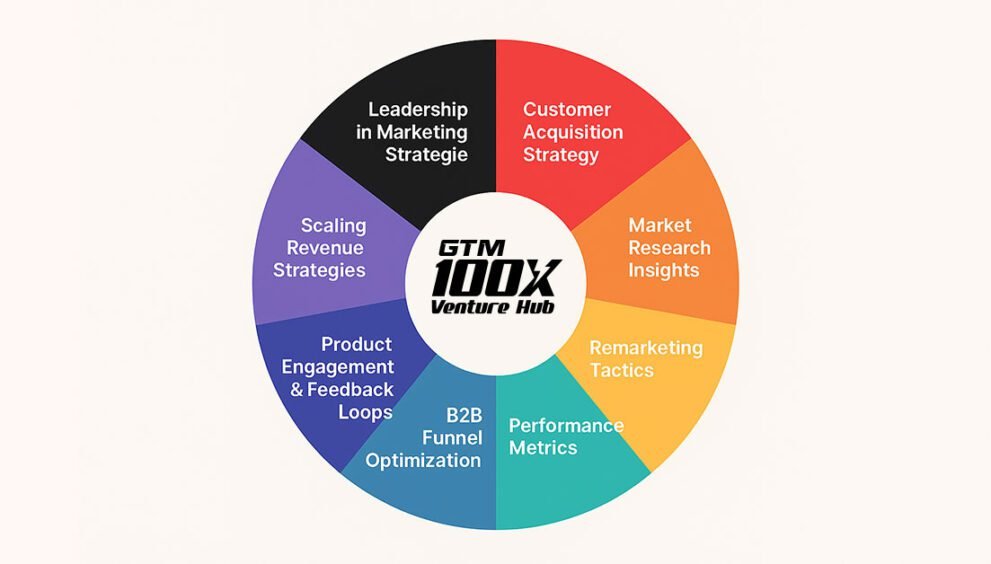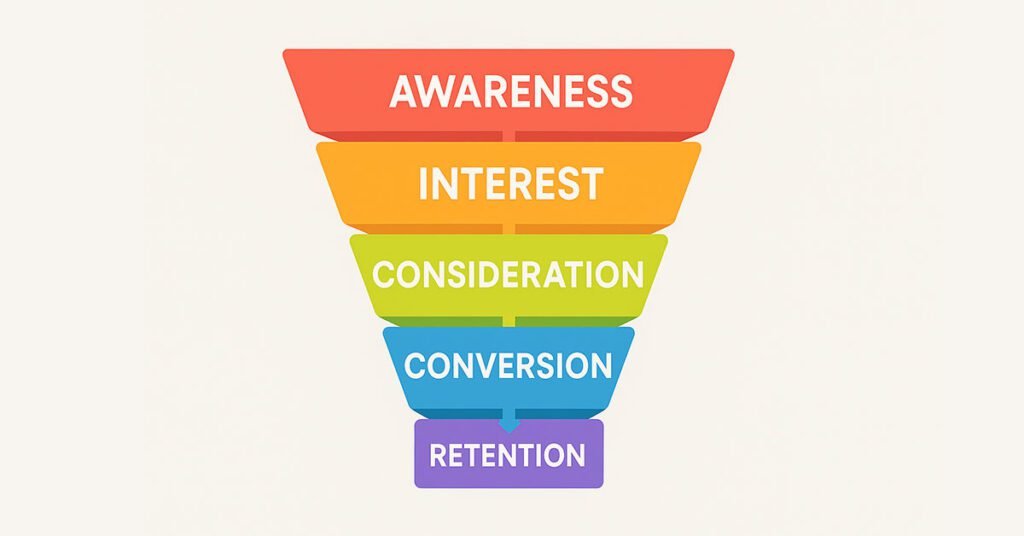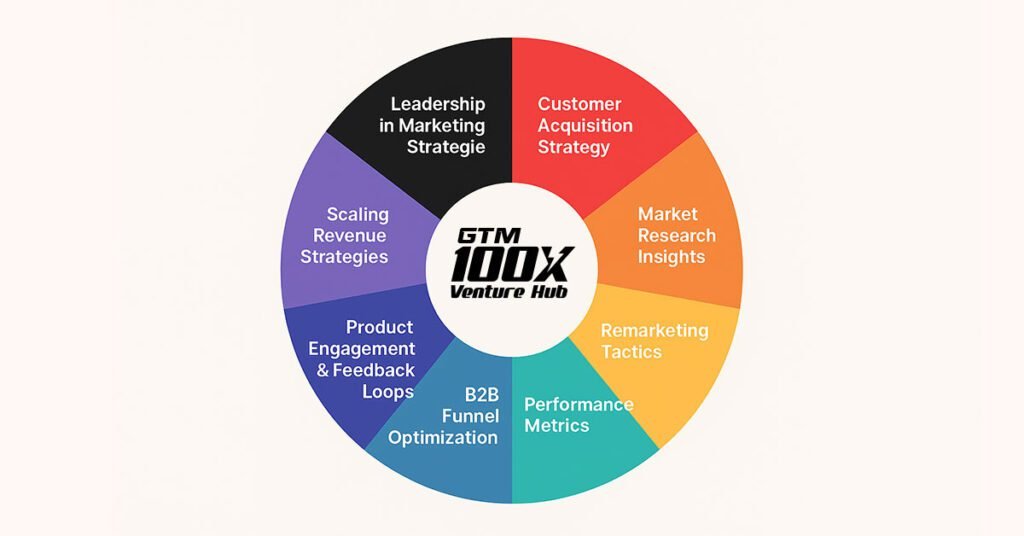🚀 What is a GTM Framework?

(And Why It’s More Than Just a Product Launch Plan)
Bringing a product to market is one of the most thrilling phases of any business journey. You’ve built something that solves a real problem, tested it, refined it, and now it’s time to launch.
But wait. How do you make sure it reaches the right audience? How do you know when and where to promote it? And how do you align your team around growth?
That’s where a Go-To-Market (GTM) Framework steps in.
It’s not just a plan—it’s a system. One that helps you launch confidently, scale intentionally, and operate with precision.
🧠 Think Beyond Launch. Think Like a System.
Most people think of GTM as a one-time effort: a checklist you follow before a product release. But in today’s fast-paced market, GTM isn’t a phase—it’s a continuous cycle.
Imagine it as the engine room of your business. It aligns product, marketing, sales, and customer success. It ensures you don’t just launch, but also win, grow, and repeat.
🛠️ The 9 Core Components of a Modern GTM Framework
Let’s explore the essential parts of a strong GTM system—each one playing a unique role in driving market success.
1. Audience Sizing: Know Who You’re For
Before you write a single campaign or build a feature, define your relevant market. Go beyond TAM (Total Addressable Market). Focus on the real, reachable audience you can serve now. This keeps your efforts focused and ROI-driven.
2. Resource Allocation Map: Spend Where It Matters
Your budget is limited. Your time even more so. A solid GTM plan outlines exactly where to invest — paid ads, SEO, events, partnerships, etc. No guesswork, only smart bets.
3. Positioning & Demand Generation: Tell a Story That Sells
Your message should speak to the heart of your customer’s problem. Strong brand positioning combined with demand generation creates consistent attention, trust, and leads. This is how you cut through noise.
4. Sales Acceleration: Move the Pipeline Faster
You’ve attracted leads. Great. Now what? You need a process that moves them quickly through the funnel—from awareness to action. GTM frameworks prioritize pipeline velocity by aligning sales playbooks with customer behavior.
5. Customer Time-to-Value: Deliver Results Fast
How soon does a new user experience their “aha!” moment? Reducing this gap increases adoption, retention, and advocacy. GTM is not just about acquisition—it’s about creating momentum after the sale.
6. Customer Expansion: Unlock More from Within
Existing customers are your best growth lever. A good GTM system builds for upsells, cross-sells, and referrals. You’re not just closing deals; you’re opening doors to lifetime value.
7. Revenue Integration: Unify Sales, Marketing, and Success
Modern growth teams run on connected systems. Your GTM should include shared KPIs, clean data, and synchronized tools across functions. This ensures clarity, accountability, and efficiency.
8. Strategic Leadership: Align the Top to Drive the Bottom
GTM success is top-down. Without alignment from leadership—on goals, messaging, and priorities—execution will always lag. Your leaders must champion the GTM rhythm as a business habit.
9. Execution Loop: Measure, Learn, Iterate
The final piece? Feedback. A GTM framework is a living process. You test campaigns, track performance, adjust, and repeat. Growth comes not from the plan, but from the learning loop it creates.
🧭 From Chaos to Clarity
Without a GTM framework, launches feel rushed. Teams operate in silos. Growth feels random.
But with the right framework, everything aligns.
You know who your customer is.
You know how to reach them.
Your teams work in sync.
And most importantly—you can repeat what works and scale what matters.
📌 Final Thoughts: Don’t Just Launch. Build an Engine.
A GTM Framework is like your startup’s navigation system. Without it, you’ll keep paddling with no direction. With it, you create momentum, trust, and predictable revenue.
So whether you’re launching your first product or scaling your tenth, ask yourself:
Do I have a system that brings product, people, and profit together?
If not—it’s time to build one.
Disclaimer
This content is AI-altered, based on generic insights and publicly available resources. It is not copied. Please verify independently before taking action. If you believe any content needs review, kindly raise a request — we’ll address it promptly to avoid any concerns.





















